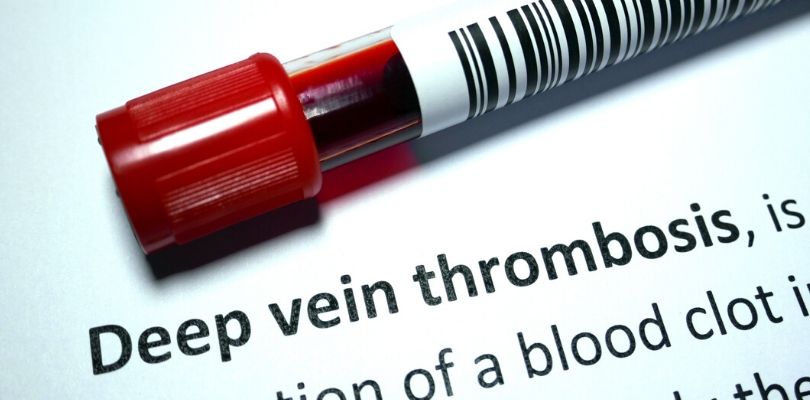Common Eye Conditions
There are trivial eye conditions that can attack virtually anybody, including dry eyes and shortsightedness.
However, some eye conditions can be a sign of a serious, underlying medical condition. By being aware of various eye conditions and their symptoms, you can detect a problem during the early stages and seek out treatment before it develops into a serious health problem.
In this article, we'll outline eight common eye conditions and their associated symptoms.
Glaucoma
Glaucoma is a collection of eye diseases that arise because of increased intraocular pressure (IOP) inside the eye. The elevated pressure may lead to vision loss, as it damages the optic nerve. Glaucoma is highly prevalent among the elderly, individuals with a family history of the disease, and African Americans.
Glaucoma falls into two categories: open-angle glaucoma and angle-closure glaucoma. The former is the more common type that is typically painless, while the latter occurs abruptly and is accompanied by eye redness and pain.
Research has found that up to half of individuals with glaucoma do not know that they have it.
Age-Related Macular Degeneration
Age-related macular degeneration (AMD) is a disease that attacks macula, which is the center of the retina. The macula is the section of the eye that provides our most acute vision that aids tasks such as reading and driving.
Typically, AMD causes gradual changes in the macula and rarely results in totally blindness because it's the center of vision that is affected by this disease.
There are two types of AMD, dry macular degeneration and wet macular degeneration.
Approximately 90% of AMD patients have dry AMD, which is characterized by the formation of small yellow deposits known as drusen below the retina. This eye condition develops due to aging and thinning of the tissues of the macula.
Wet AMD, on the other hand, affects approximately 10% of persons diagnosed with AMD. But it accounts for 90% of serious vision loss caused by AMD. This condition develops due to the formation of delicate, unusual blood vessels beneath the retina. Symptoms of wet AMD include retina injury or wound due to the presence of blood and fluid under the retina.
Diabetic Macular Edema (DME)
DME is a diabetic complication triggered by fluid buildup in the macula, causing it to swell. The macula features cells that facilitate clear vision and is instrumental for reading and driving. Fluid accumulation and swelling of the macula impede the capability of those cells to function, resulting in blurred vision that can sometimes become severe.
Diabetic patients are at higher risk of getting DME over time. So it's important to schedule routine eye checkups to help detect any eye health problem in its early stage. Symptoms of DME range from wavy vision, blurred vision, to changes viewing colors.
Many of us are taught that early mornings are better for our health so we did some investigating to see if it's better to be an early bird or a night owl.
Cataracts
This eye condition is known as presbyopia, and it's a natural effect of aging for most people.
The natural crystalline lens inside the eyes enables the eye to focus on people and objects at different distances. Over time, this lens usually thickens and toughens; with its youthful flexibility gone, its capability to focus diminishes, resulting in issues with vision.
Symptoms of cataracts may be extremely slight or even unnoticeable in some cases. Often those affected by cataracts will report "haloes" around objects.
Other common symptoms include blurred or cloudy vision, double vision in one eye, poor night vision, changes in color vision, increased sensitivity to glare and light, and recurrent prescription adjustments for contact lenses or glasses.
Sty
A sty is a contamination of the oil gland at the foot of an eyelash. It looks like a red, elevated pimple on the periphery of the eyelid. Symptoms of a sty include pain, redness, swelling with a tiny pustule, tenderness, and eyeball irritation.
A sty can go away after a short duration of continuous treatment involving applying warm compresses to the affected area, for 10 minutes, at least six times per day. However, if the sty is large, painful, or disrupts vision, medical treatment may be necessary.
Corneal Ulcers
A corneal ulcer is a tiny pustule on the front section of the eye, often due to infection from viruses, bacteria, or fungus. Corneal ulcers are common in individuals who wear contact lenses due to the increased possibility of infection. A corneal ulcer can manifest symptoms such as extreme redness, blurry vision, pain, and sensitivity to light.
Eye Allergies
Serious eye allergies pose a significant threat to eyesight due to the damage they cause to the eye. Allergies are responsible for chronic inflammation that can result in irreversible damage to the cornea. Some of the triggers of allergies include dust, reactivity to medicines or cosmetics, and seasonal allergies.
Astigmatism
Astigmatism is a prevalent eye condition that affects vision. The main symptom of astigmatism is blurred vision. It develops due to the irregularly shaped cornea or lens that inhibits light from focusing correctly on the retina. For this reason, vision becomes cloudy or distorted at any distance, which results in headaches and eye distress.
Conclusion
By being aware of vision changes and visiting your eye doctor for routine eye exams, you can help to detect eye disease early and get appropriate treatment before your eye health is seriously affected.







